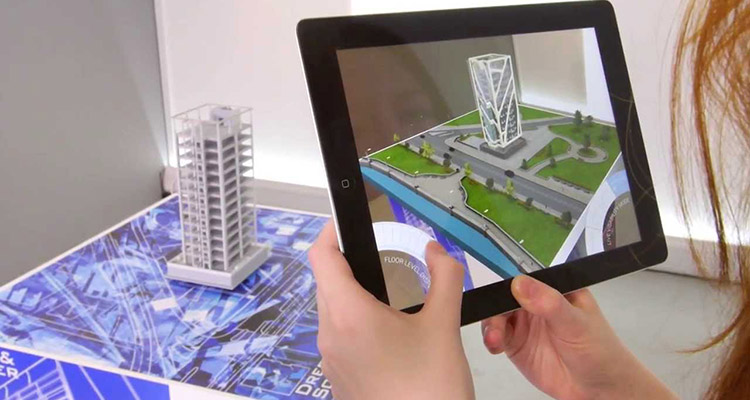VESA Forms Special Interest Group Focused on Emergent Virtual and Augmented Reality Markets
 The Video Electronics Standards Association (VESA) today announced it has formed a Special Interest Group (SIG) that addresses standardization for the fast-growing augmented reality (AR) and virtual reality (VR) markets. Well known for developing the ubiquitous DisplayPort and Embedded DisplayPort (eDP) standards, VESA also previously defined the long-standing Extended Display Identification Data (EDID) standard–which works with VGA, HDMI, DisplayPort and other established interconnect standards to enable plug-and-play monitor functionality–as well as the subsequent DisplayID extension to define displays with 4K and higher resolution. Its portfolio of display standards makes VESA well positioned to investigate AR/VR compatibility-related issues.
The Video Electronics Standards Association (VESA) today announced it has formed a Special Interest Group (SIG) that addresses standardization for the fast-growing augmented reality (AR) and virtual reality (VR) markets. Well known for developing the ubiquitous DisplayPort and Embedded DisplayPort (eDP) standards, VESA also previously defined the long-standing Extended Display Identification Data (EDID) standard–which works with VGA, HDMI, DisplayPort and other established interconnect standards to enable plug-and-play monitor functionality–as well as the subsequent DisplayID extension to define displays with 4K and higher resolution. Its portfolio of display standards makes VESA well positioned to investigate AR/VR compatibility-related issues.
 VR is immersive, shutting out one’s surroundings, while AR provides a virtual overlay to what the viewer sees in the real world. The market has seen the introduction of head-mounted displays (HMDs) and AR/VR-enabled eyeglasses for gaming and movies, and other applications for the technology are on the horizon, such as automotive, education, health and wellness, and manufacturing. However, while many developers are focusing on enhancing the user experience and making products more interoperable, the lack of standardization is causing compatibility issues between products from different vendors, as well as increasing the complexity and cost of development, ownership and replacement. Lack of compatibility can also create confusion for end users and impede broader acceptance of AR/VR products.
VR is immersive, shutting out one’s surroundings, while AR provides a virtual overlay to what the viewer sees in the real world. The market has seen the introduction of head-mounted displays (HMDs) and AR/VR-enabled eyeglasses for gaming and movies, and other applications for the technology are on the horizon, such as automotive, education, health and wellness, and manufacturing. However, while many developers are focusing on enhancing the user experience and making products more interoperable, the lack of standardization is causing compatibility issues between products from different vendors, as well as increasing the complexity and cost of development, ownership and replacement. Lack of compatibility can also create confusion for end users and impede broader acceptance of AR/VR products.
Proposed by VESA member Analogix Semiconductor, Inc., the AR/VR SIG is open to both VESA members and non-members, allowing discussion to address the varied needs of all the ecosystem players, including headset makers, glass makers, and other types of providers not typically involved in VESA standards development. The SIG will work with other VESA task groups, as well as other standards organizations, to help build a robust ecosystem that offers optimal benefits for end users.
“AR/VR products involve both software and hardware development, which requires that different companies in different areas work together to pursue a unified AR/VR standard,” said Greg Stewart, director of system architecture at Analogix Semiconductor and chair of the AR/VR SIG. “Not all of these required areas of expertise are currently being discussed in any existing VESA group, and we see a strong need and value in creating the AR/VR SIG to get the ball rolling. The SIG will explore the technology area and define recommendations for the requirements and scope of a possible standard, as well as set objectives and timelines so that a task group can move forward with more formal development and implementation.”
The VESA AR/VR SIG will be charged with several key missions:
- Establish the hierarchical structure for AR/VR services, including physical connections, data transfer protocols, software drivers and application layers
- Define the basic communication data structure and communication channel between the source and sink devices
- Study the related technologies and algorithms, and standardize them to enable economic and efficient implementation
- Suggest any changes to existing VESA standards that may be needed for better AR/VR support
- Work with other standards bodies to merge suggested changes into related standards
Companies interested in joining the AR/VR SIG can contact VESA here. And VESA is here.





